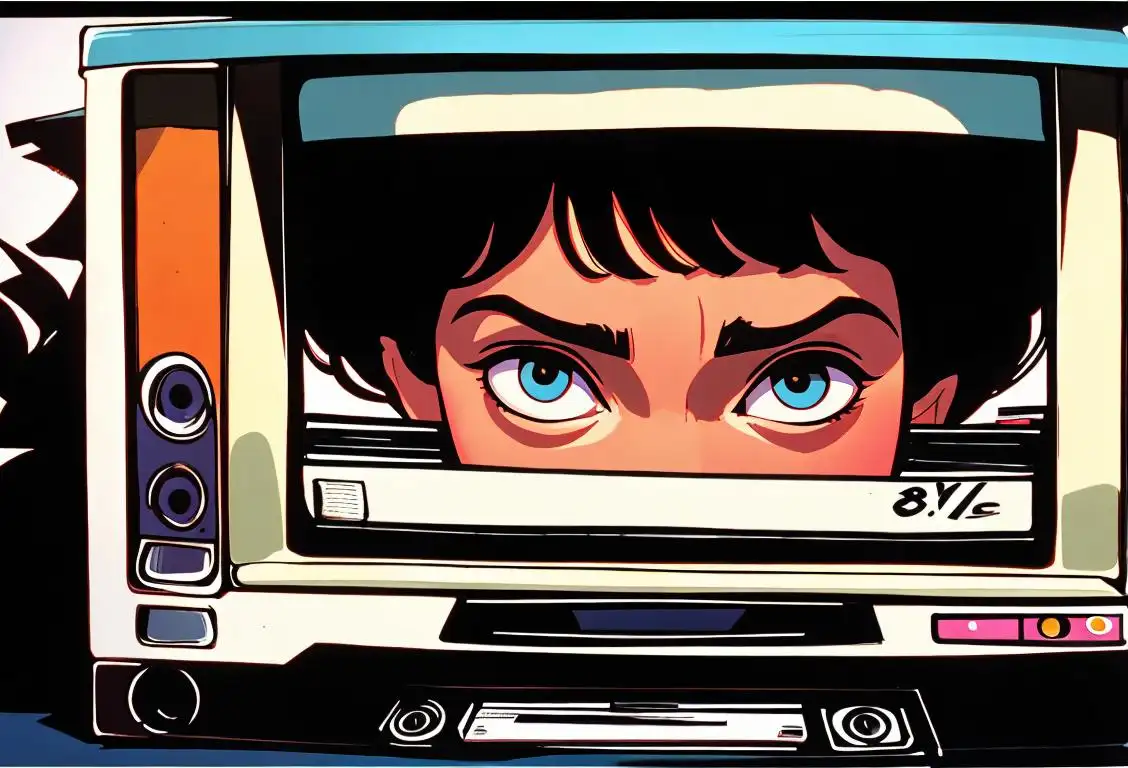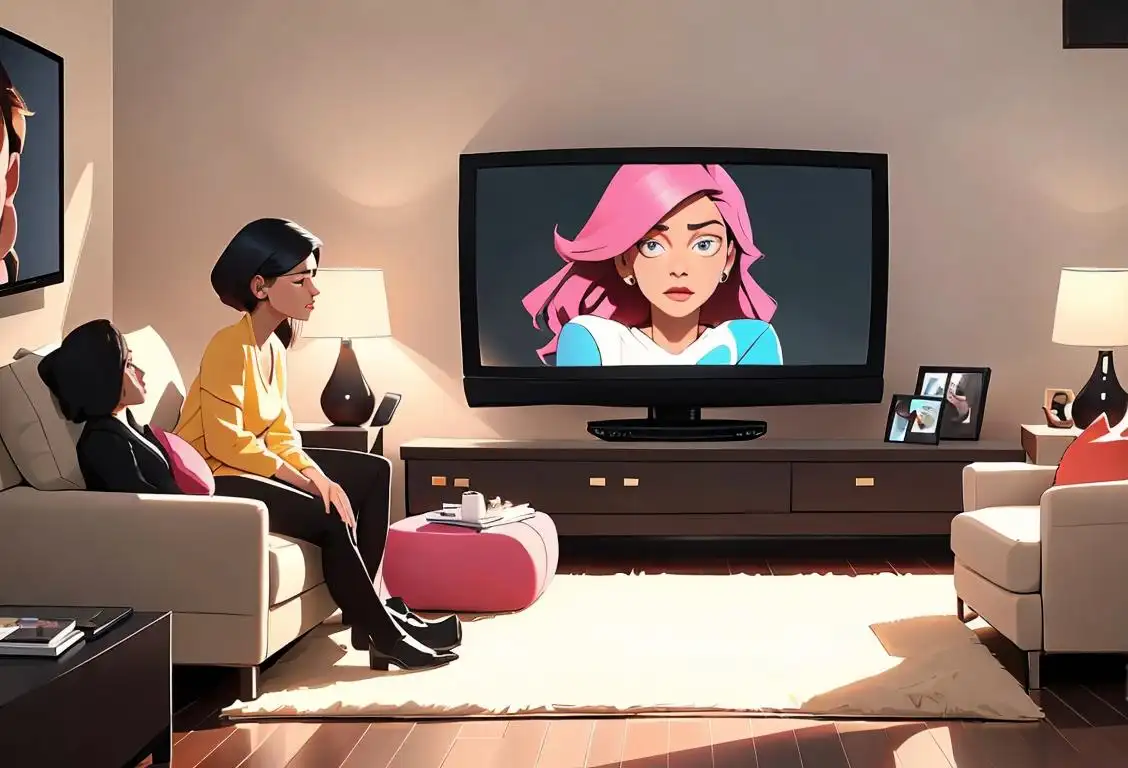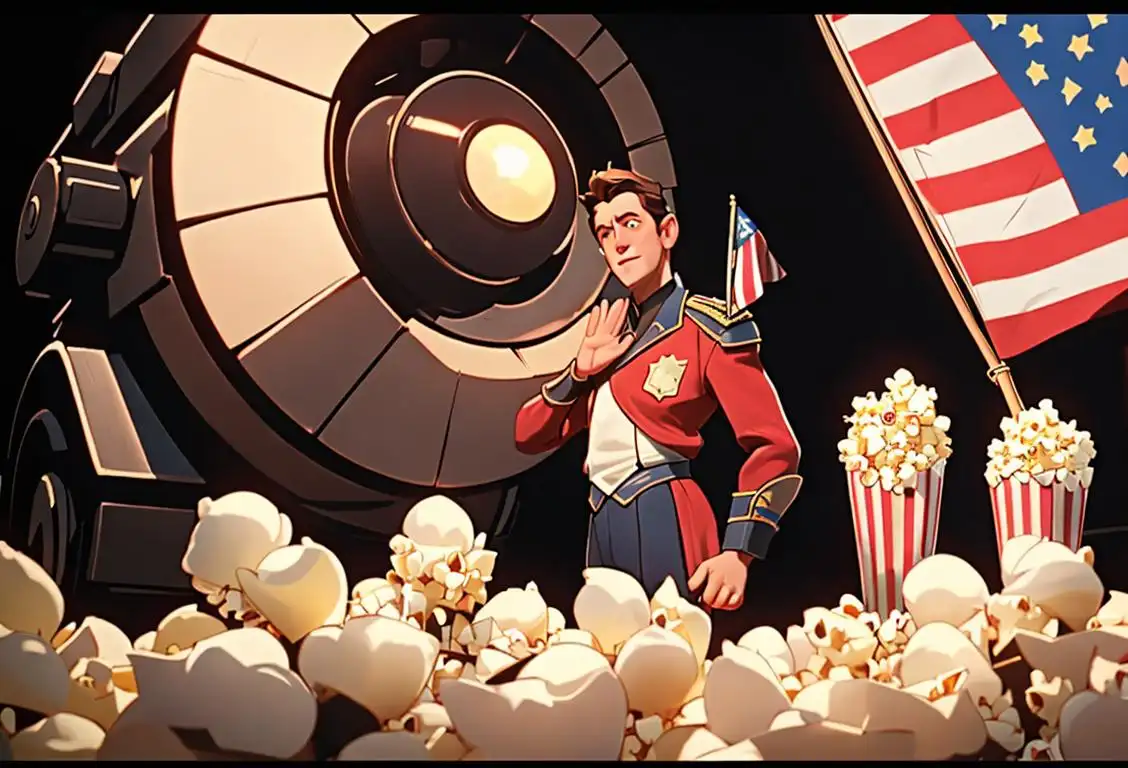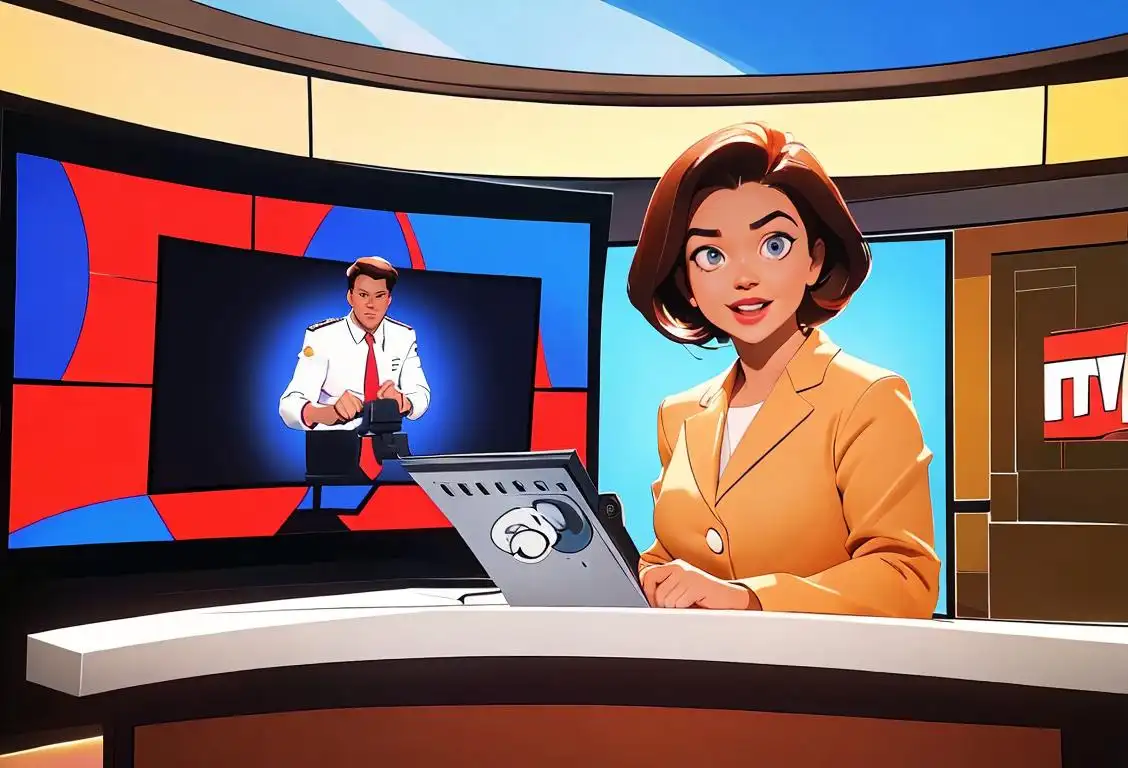National Vcr Day

Welcome to National VCR Day, where we take a trip down memory lane and celebrate the good ol' days of rewinding tapes and fiddling with tracking buttons. It's a day to remember the VCR, that clunky yet beloved device that revolutionized home entertainment. So grab your popcorn, settle in, and let's delve into the fascinating world of VCRs!
When is Vcr Day?
It's national vcr day on the 7th June.
The Rise and Fall of the VCR
When it comes to home video, there's one name that stands out: the VCR. Back in the prehistoric era before streaming services and on-demand content, the VCR was every movie lover's best friend, allowing us to watch our favorite films over and over, often resulting in worn-out tapes and tangled ribbons. Ah, the memories!
Introduced to the market in the 1970s, VCRs quickly gained popularity and became a staple in living rooms around the world. Families would huddle together, armed with stacks of video cassettes, eagerly awaiting their favorite shows or the latest blockbuster release from their local video rental store.
As the years passed, VCRs evolved, introducing new features like remote controls and slow-motion playback. We developed a love-hate relationship with those tricky tracking buttons, constantly trying to achieve the perfect picture quality. And let's not forget the satisfaction of successfully rewinding a tape without it getting jammed!
However, in the late 1990s, the VCR started facing fierce competition from DVD players. Their sleek design, superior quality, and ability to skip directly to specific scenes were hard to resist. Slowly but surely, VCRs were pushed aside, finding their place in dusty attics and vintage shops.
A Tribute to VCRs
While streaming platforms and Blu-ray players have taken over our screens, there's something special about the charm of the VCR era. National VCR Day gives us an opportunity to relive those simpler times, embrace nostalgia, and remember the joy of manually rewinding tapes.
So, whether you still have a VCR in your entertainment setup or just want to take a stroll down memory lane, celebrate National VCR Day by organizing a movie marathon with all the classics you still own on VHS. Gather your loved ones, pop some popcorn, and let the familiar hum of the VCR whisk you away to a simpler time when the only buffering we had to deal with was a stubborn tape.
History behind the term 'Vcr'
1964
Birth of the first videocassette recorder
In 1964, Ampex Corporation introduced the first commercially successful videocassette recorder (VCR), called the Ampex VRX-1000. This early VCR used reel-to-reel tape and was primarily used in the broadcast television industry for recording and playing back video.
1956
Birth of the Concept
In 1956, the concept of home video recording was introduced by Charles Ginsburg and the Ampex Corporation. They developed the first practical videotape recorder (VTR) called the Ampex VRX-1000. This innovative device used reels of magnetic tape to record and play back video content.
1971
Introduction of the U-Matic format
In 1971, Sony introduced the U-Matic format, a videocassette system that used a 3/4-inch tape housed in a cassette. The U-Matic became the first widely adopted videocassette format, finding use in professional and educational environments.
1963
Compact Video Cassette
In 1963, Sony introduced the concept of a portable and compact video recording system. They unveiled their prototype of the CV-2000, the first home-use video tape recorder. The CV-2000 utilized a small cassette instead of large reels, making it more accessible to consumers.
1975
Introduction of the Betamax format
In 1975, Sony released the Betamax format, which was the first consumer-oriented videocassette format. Although it provided better picture quality than the U-Matic, Betamax faced tough competition from a rival format, VHS.
1971
Introduction of the VCR
The first commercially available video cassette recorder (VCR) was introduced by the Japanese company, Sony, in 1971. Named the U-matic, it used 3/4-inch magnetic tape in a cassette format, and it revolutionized the television industry by allowing consumers to record and playback their favorite TV shows at home.
1976
VHS format gains popularity
In 1976, JVC introduced the VHS (Video Home System) format. VHS offered longer recording times compared to Betamax and had a broader selection of movies available for rental and purchase. This advantage helped VHS gain popularity in the consumer market.
1975
VHS Arrives
In 1975, JVC (Victor Company of Japan) introduced the Video Home System (VHS) format, which quickly gained popularity and became a standard in the home video market. VHS tapes provided longer recording times and lower production costs compared to its competitors, leading to its widespread adoption.
1982
The rise of videocassette rental stores
During the early 1980s, videocassette rental stores became popular, allowing people to rent movies on VHS tapes for a limited time. This contributed to the growth of the home video market and the widespread adoption of VCRs in households.
1984
Competition from Betamax
Sony, not wanting to be left behind, released their own video cassette format called Betamax in 1975. While Betamax offered higher quality recordings, it struggled to compete with the increasing popularity and affordable price of the VHS format. Eventually, in 1984, VHS outsold Betamax, winning the format war.
1995
DVDs replace VHS
In 1995, DVDs (Digital Versatile Discs) were introduced and eventually replaced VHS tapes as the dominant home video format. DVDs offered better picture and sound quality, smaller size, and more features, such as interactive menus and bonus content.
1992
The Rise of VCRs
During the 1980s and 1990s, VCRs became a common household item in many countries. People could now record TV shows, rent movies on videocassettes, and enjoy video content at their convenience. The introduction of VCRs had a significant impact on the way people consumed media, leading to the establishment of a home video market.
2008
End of VCR production
In 2008, after several decades of decline in popularity, Funai Electric, the last remaining manufacturer of VCRs, ceased production. This marked the end of an era for VCRs, which had revolutionized the way people watched and recorded video content at home.
2000
The Decline of VCRs
With the emergence of DVD technology and later digital streaming platforms, the popularity of VCRs started to decline. DVD players offered superior video quality and ease of use compared to VCRs. By the early 2000s, VCRs were being phased out and replaced by DVD players and digital video recorders.
Did you know?
Did you know that the first movie to be commercially released on VHS was 'The Sound of Music'? It hit the shelves in 1977, marking the beginning of a new era in home entertainment!Tagged
fun nostalgia entertainmentFirst identified
6th June 2015Most mentioned on
7th June 2018Total mentions
709Other days
Radio Hall Of Fame Day
Tv In The Same Day
Vcr Day
Anthem Before Every Movie Every Day
Videos Game Day
Mickey Mouse Day
Tv Station Rounded Up News Session For The Day
Tv Day
Vidya Game Day
Radio Show Day








